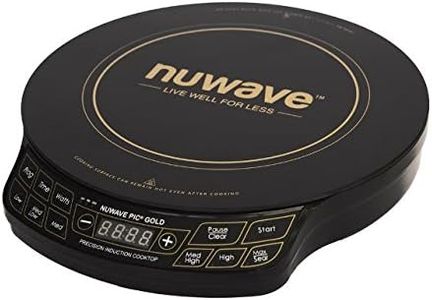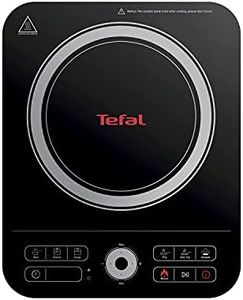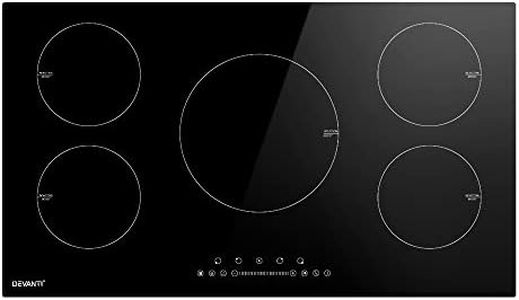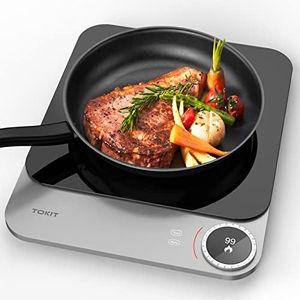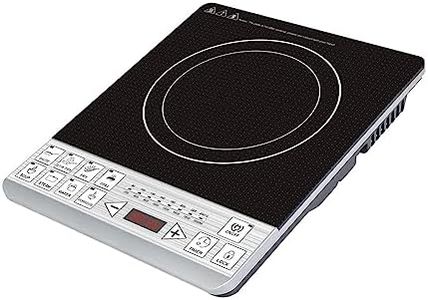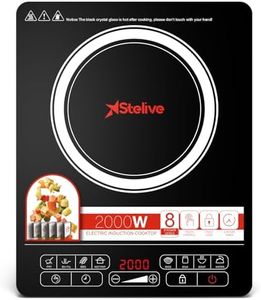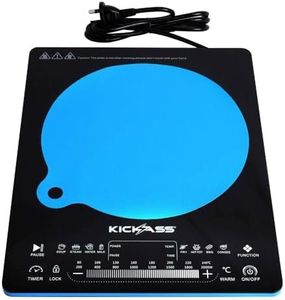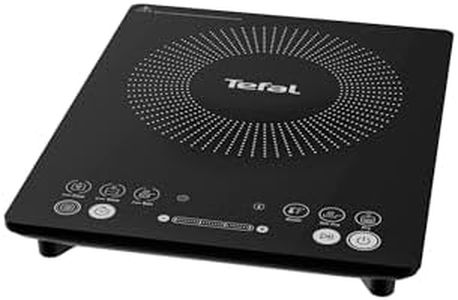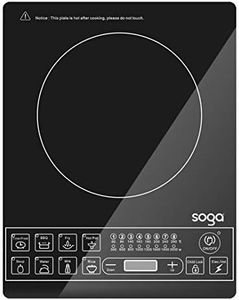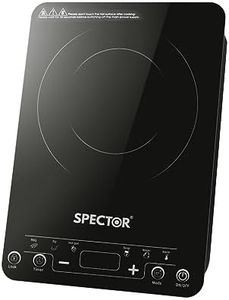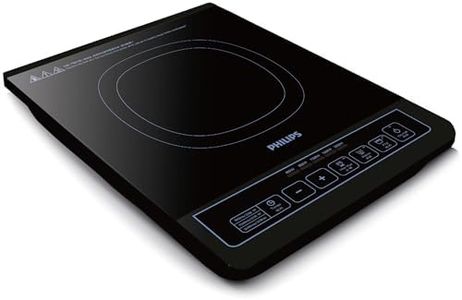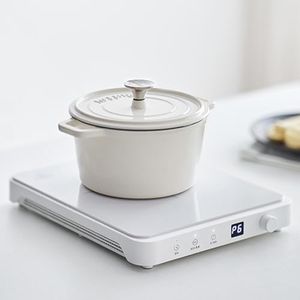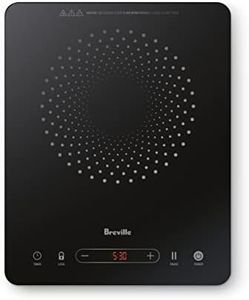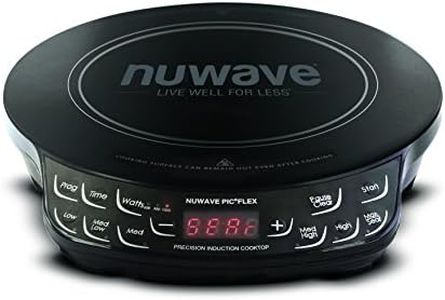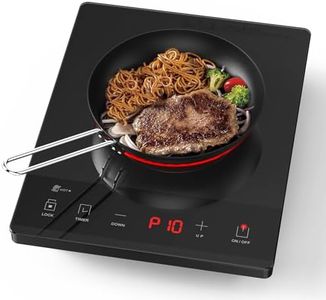We Use CookiesWe use cookies to enhance the security, performance,
functionality and for analytical and promotional activities. By continuing to browse this site you
are agreeing to our privacy policy
10 Best Portable Induction Cooktop
From leading brands and best sellers available on the web.By clicking on a link to a third party's website, log data is shared with that third party.
Buying Guide for the Best Portable Induction Cooktop
Choosing a portable induction cooktop is all about matching your cooking habits, kitchen space, and lifestyle needs. Induction cooktops use magnetic technology to heat up your pots and pans directly, making them energy-efficient, fast, and safe. The right choice for you depends on what you'll be cooking, how often, and where you'll be using the cooktop—whether that's at home, in a dorm, or on the go. By understanding the key specifications, you can ensure the cooktop fits seamlessly into your cooking routine and makes meal preparation easier and more enjoyable.Power Range (Wattage)The power range, measured in watts, shows how strong the cooktop can get and how fast it can heat up your food. Higher wattage means quicker heating and more versatility for different cooking methods like boiling, frying, or simmering. You’ll typically find cooktops between 1000W and 2000W. Lower wattage models (1000W–1300W) are great for gentle cooking or reheating, making them perfect if you just need to warm up meals or cook simple dishes. Mid-range wattage (1300W–1700W) suits everyday cooking, such as making pasta or stir-frying veggies, while high wattage (1700W–2000W) is useful for faster boiling and high-heat dishes. Consider what you'll be cooking most often when deciding on power—if you need speed and flexibility, higher wattage is usually better.
Temperature SettingsTemperature settings determine how precisely you can control the heat. More temperature options give you better control over cooking, helping avoid burning or undercooking your food. Some cooktops offer just a handful of settings, while others provide fine adjustments. If you like experimenting with recipes or need to cook delicate foods like eggs or sauces, a model with more precise temperature controls is ideal. For basic use, fewer preset options may suffice.
Cooking Surface Size and CompatibilityThe size of the cooking surface and the types of cookware compatible with induction are essential. Induction cooktops require cookware made of magnetic materials like cast iron or certain types of stainless steel. The diameter of the cooking area affects what size pots or pans you can use—small cooktops are suited for single or small portions, while larger surfaces accommodate bigger pots for family meals. Think about your usual meal sizes and what cookware you already own to find the best fit.
Portability and SizePortability covers how much space the cooktop occupies and how easy it is to move or store. Compact models are lighter and easier to use in small kitchens, dorms, RVs, or even outdoor setups. However, smaller units may have fewer features or limited space for bigger pots. If you’re tight on space or need something easy to stow away, choose a lightweight, compact cooktop. If the cooktop will stay on your countertop or be used for bigger meals, a larger model may be more practical.
User Interface and ControlsThe way you interact with the cooktop—through buttons, touch panels, or dials—affects how simple and pleasant it is to use. Digital touch controls often provide more settings and sleek design, while manual dials can be more intuitive. If you prefer a straightforward cooking experience with minimal fuss, simpler interfaces are better. For those who like features like timers, safety locks, or preset programs, a model with more sophisticated controls might be preferable.
Safety FeaturesMany induction cooktops come with built-in safety elements, such as automatic shutoff, child locks, and overheating protection. These are important, especially if you have young children around or tend to multitask in the kitchen. Safety features help prevent accidents and provide peace of mind—choose a model with features that match your household's needs for maximum comfort and security.
